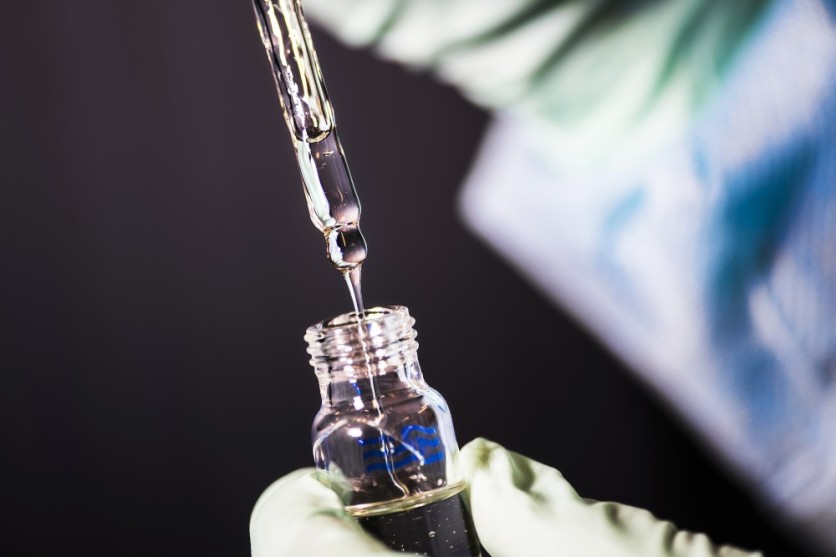Osteoarthritis, a painful condition where bone grinds against bone due to cartilage degradation, affects over 500 million people worldwide, with the knee being the most commonly afflicted joint, according to the World Health Organization.
While surgeries are prevalent to address this issue, they do not always yield the desired results, and adults typically struggle to regenerate lost cartilage.
But here is the exciting news: researchers at the University of Connecticut have made a significant breakthrough, offering hope to osteoarthritis patients worldwide. Their revolutionary gel injection might provide repair without surgery (via Medical Xpress).

A Game Changer for Osteoarthritis Patients
Osteoarthritis, often called "wear and tear" arthritis, gradually diminishes the protective cartilage in our joints. When this cartilage wears away completely, it leaves sufferers with excruciating pain and limited mobility.
Surgical interventions are common, but they have their limitations. This new discovery is groundbreaking because it introduces a non-invasive solution for regenerating damaged cartilage, a potential game-changer for countless individuals battling osteoarthritis.
Biomedical engineers have been working on scaffolds compatible with human cartilage, which can stimulate regrowth when implanted into the knee.
However, these regenerative solutions still require invasive surgery. The breakthrough comes from making a regenerative scaffold injectable, significantly reducing patient discomfort and recovery time.
UConn biomedical engineer Thanh Nguyen, leading a collaborative team of researchers from UConn, UConn Health, Peking University School, and Eli Lilly, has spearheaded this innovative project.
The team has developed an injectable treatment known as a "piezoelectric hydrogel," a material capable of generating electricity when activated by ultrasound.
Interesting Findings
In the laboratory setting, the researchers found that when ultrasound was applied to the piezoelectric hydrogel, it enhanced cell movement and encouraged stem cells to release a crucial substance called TGF-β1.
This substance plays a pivotal role in cartilage repair, promising a more effective and less invasive treatment for osteoarthritis.
The next step was to test this groundbreaking gel on rabbits with damaged joints. The results were nothing short of remarkable.
Rabbits that received the gel treatment and ultrasound showed improved bone formation beneath the cartilage, enhanced cartilage structure, and notably stronger joints. The treated joints appeared almost as healthy as those in rabbits, with no damage at all.
Implications of the Study
What makes this discovery even more exciting is its potential for broader applications in regenerative medicine. This piezoelectric hydrogel isn't limited to cartilage repair but could also be used to repair other tissues in the body.
This aspect of the research has far-reaching implications for the field of regenerative tissue engineering, hinting at a future where we can tackle a variety of tissue-related health issues with minimally invasive procedures.
What's in the News?
With the potential to transform the lives of millions of osteoarthritis sufferers, this discovery could offer a non-surgical solution to a condition that has plagued humanity for centuries.
As the study suggests, this piezoelectric hydrogel's potential reaches far beyond cartilage repair, promising new horizons in regenerative tissue engineering.
Stay posted here at Tech Times.
Related Article : Tiny Soft Robots Designed for Delicate Medical Procedures Are Uniquely Made From Plant-Based Hydrogel





